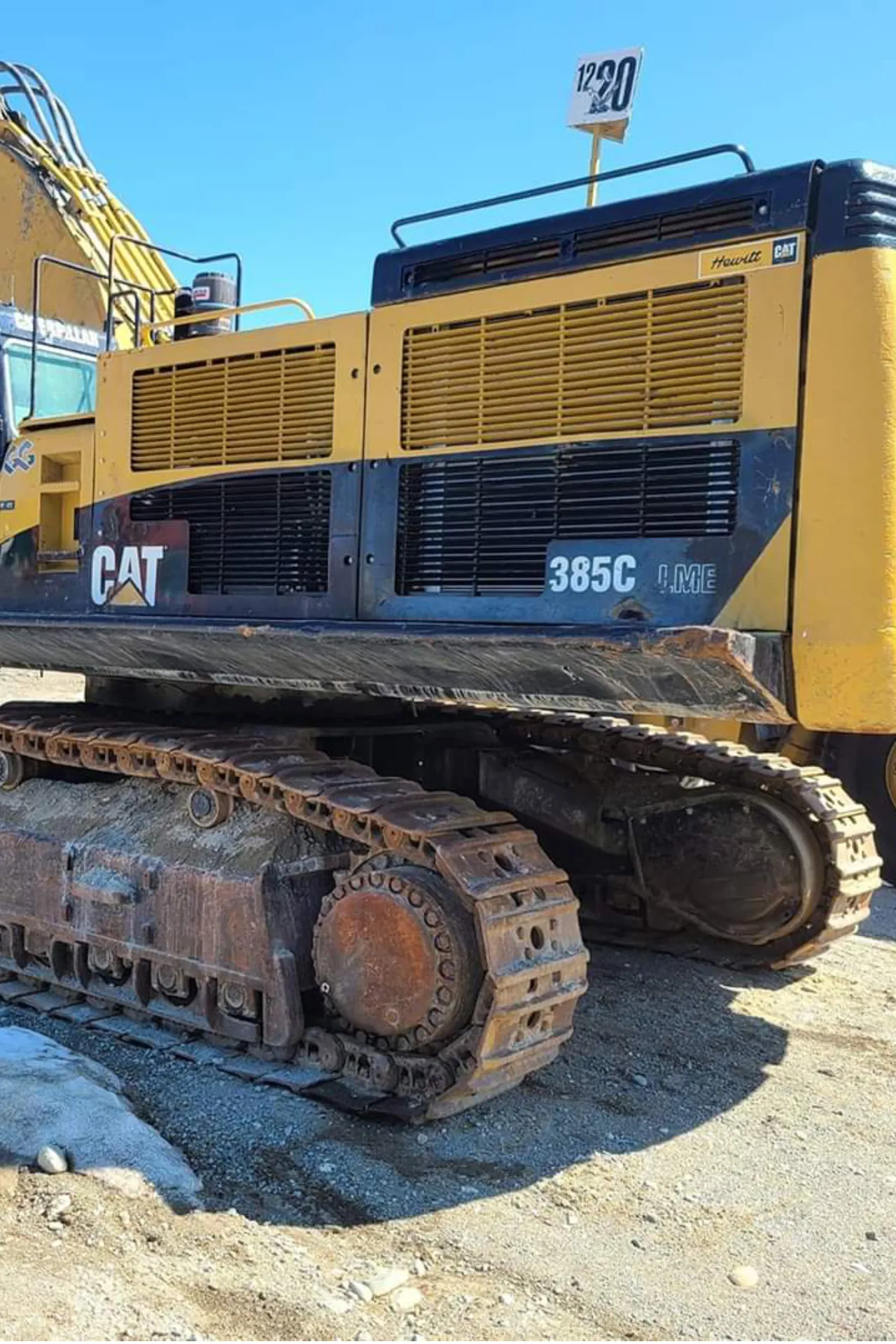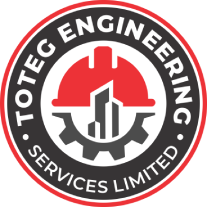We provide a diverse fleet of earth-moving equipment for hire and sales, ensuring our clients have access to high-quality machinery for their projects.
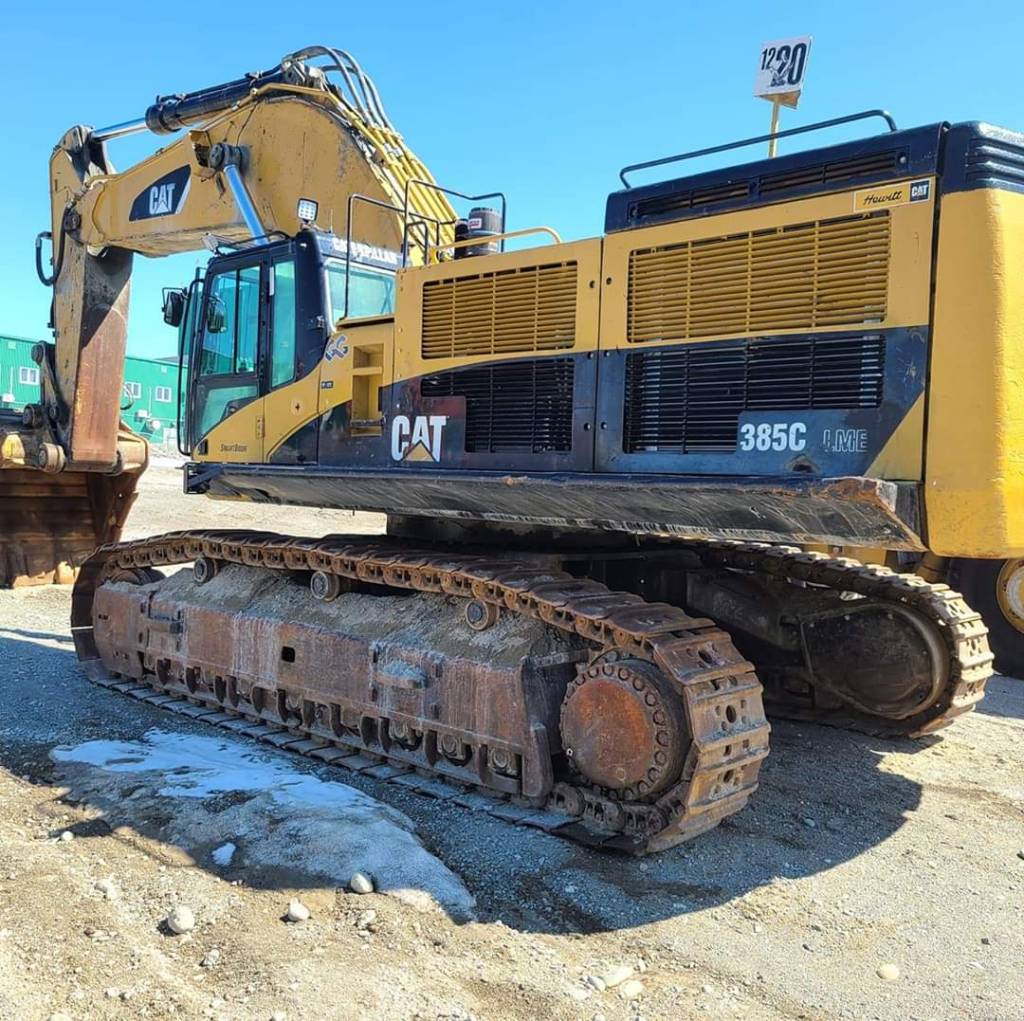
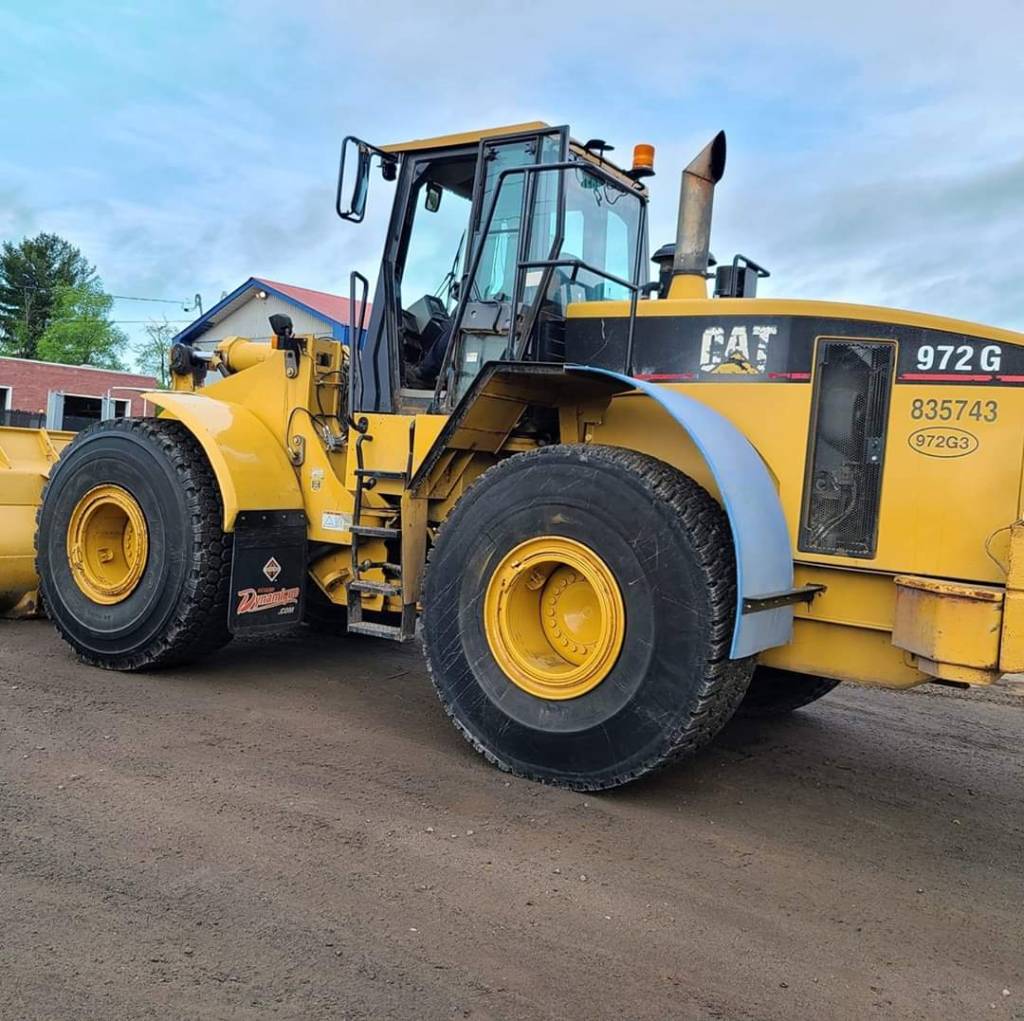
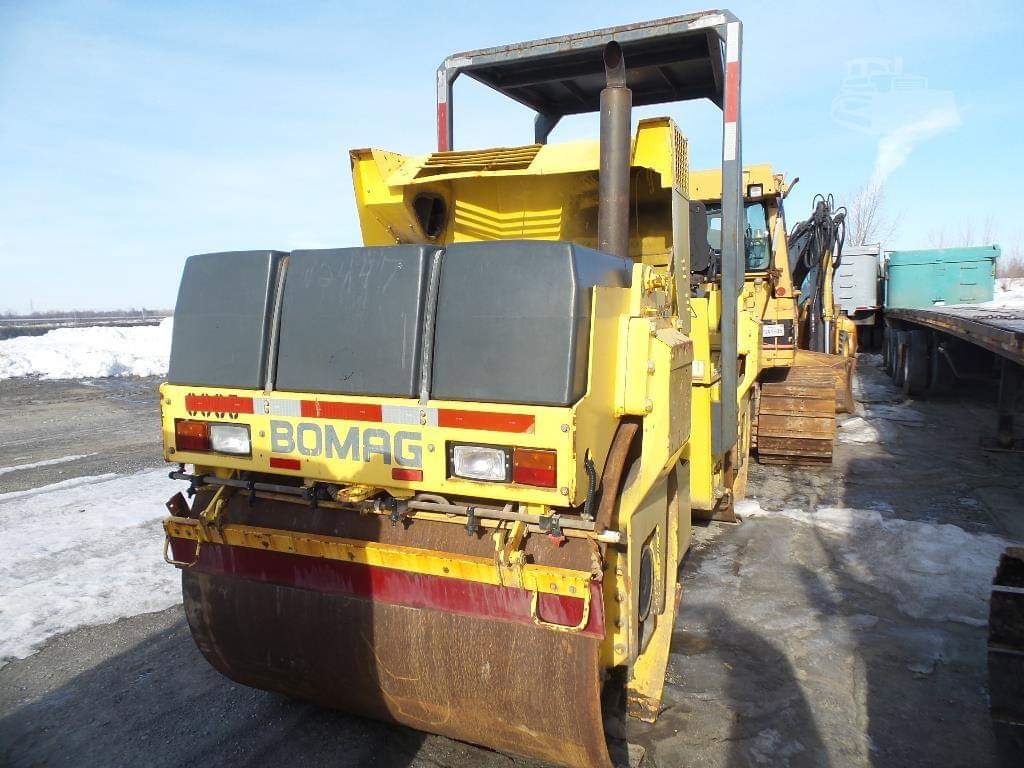
Earth-moving equipment is essential for various construction and excavation tasks. Renting or purchasing this equipment depends on the project’s scope, duration, and specific requirements. Here’s an overview of key aspects related to earth-moving equipment rentals and sales:
1. Types of Earth-Moving Equipment
- Excavators: Used for digging, trenching, and lifting. They come in various sizes, including mini, standard, and large excavators.
- Mini Excavators: Suitable for small, confined spaces and light excavation work.
- Standard Excavators: Ideal for general excavation tasks on construction sites.
- Large Excavators: Designed for heavy-duty excavation and mining operations.
- Bulldozers: Heavy-duty machines used for pushing large quantities of soil, rubble, or other material.
- Crawler Dozers: Equipped with tracks for better traction on rough terrain.
- Wheel Dozers: Use wheels instead of tracks and are suitable for smoother surfaces.
- Backhoe Loaders: Versatile machines that combine a front loader and a rear excavator. Useful for digging, lifting, and moving materials.
- Loaders: Equipment designed for loading materials onto trucks or conveyors.
- Wheel Loaders: Ideal for loading and transporting materials in various environments.
- Skid-Steer Loaders: Compact machines with a small turning radius, suitable for tight spaces and diverse tasks.
- Graders: Used for leveling and grading surfaces. Essential for road construction and maintenance.
- Dump Trucks: Vehicles designed for transporting bulk materials like sand, gravel, and dirt from one location to another.
- Compactors: Machines used to compact soil, asphalt, or other materials to create a stable base.
- Vibratory Rollers: Equipped with vibrating drums for effective compaction.
- Plate Compactors: Smaller, portable machines for compacting soil and asphalt in smaller areas.
- Scrapers: Used for moving and grading large quantities of earth. They can cut, load, and transport materials in a single pass.
2. Renting vs. Purchasing
- Renting:
- Cost-Effective for Short-Term Projects: Ideal for projects with a limited duration or infrequent use.
- Maintenance and Repairs: Rental companies typically handle maintenance and repairs, reducing operational hassles.
- Flexibility: Ability to choose different types or sizes of equipment depending on project needs.
- No Long-Term Commitment: Avoids the long-term financial commitment and storage requirements.
- Purchasing:
- Long-Term Investment: Suitable for companies with ongoing or frequent equipment needs.
- Customization: Opportunity to customize the equipment for specific tasks or preferences.
- Depreciation and Ownership: Equipment becomes an asset and can be depreciated over time for tax purposes.
3. Key Considerations for Rental and Purchase
- Project Requirements: Determine the type and size of equipment based on the specific needs of the project.
- Budget: Assess rental costs versus purchase costs and consider additional expenses such as maintenance, insurance, and transportation.
- Equipment Condition: Ensure that rented or purchased equipment is well-maintained and in good working condition.
- Support and Service: Consider the availability of support services, such as maintenance and repair, from rental companies or dealers.
- Operational Training: Ensure that operators are trained and familiar with the equipment to maximize efficiency and safety.

